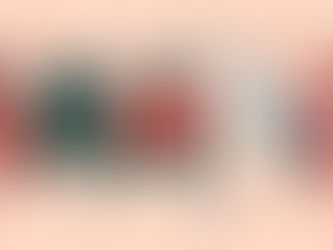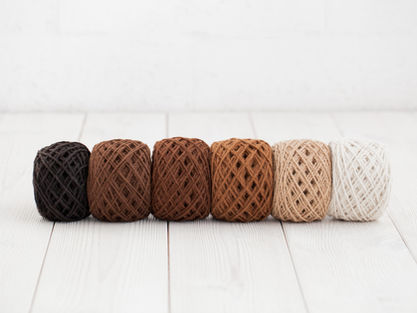How to use a knitting machine?
- Knit-Lab Peru

- 12 ago 2024
- 3 Min. de lectura
In the 1950s and 60s, knitting machines were marketed to young housewives. In the last few decades, home knitting machines have become less widely available, but are still used by hobbyists, textile artists, apparel designers, and knitwear manufacturers.

Types of knitting machines
Knitting machines are often termed either as ‘Japanese’ or ‘European’, which is determined by the style of the machine as well as by place of manufacture. Machines can have plastic or metal beds.
Japanese machines were manufactured by Brother, Silver Reed and Toyota, and were badged differently for markets around the world. These machines were supplied as a single bed of needles with the option to add an additional bed of needles (a ribber).
Plastic bed Japanese machines are usually more basic and ribbers are not available.
European machines were made by Passap, Pfaff and Singer, sometimes known as Superba. These were different from the Singer-badged machines made in Japan. European machines usually consisted of two beds of needles fixed together, although some single-bed machines were made as well. The needles on these machines are usually 5 mm apart, which is a little further apart than a standard gauge Japanese machine.

You can also read: Peruvian Pima and Tanguis Cotton, what makes them special?
Patterning
Stitch patterns on a knitting machine are produced using a combination of two separate things:
The patterning mechanism determines which needles should be selected.
Buttons, knobs and levers on the carriage determine what happens to the selected needles by changing their route through the carriage.
Patterning mechanisms
The main patterning mechanisms (methods of needle selection) are listed below from the most basic to the more complex.
Manual patterning: needles are selected by hand, moving them to a different position on the needlebed.
Push Button patterning: buttons are pressed to set which needles will be selected, and a handle is cranked to transfer the selection to the needlebed for every row of pattern on Brother and Toyota machines.
Punchcard patterning: needles are selected by the machine according to the pattern punched on a card which is inserted into the card reader. These are usually a 24-stitch horizontal repeat, but some models were 12-stitch or 18-stitch repeats.
Electronic patterning: needles are selected by the machine according to a pattern loaded into the memory of the machine, which can contain up to 700 patterns.

You can also read: How to design your first knitting pattern?
5 steps to use a knitting machine
Step 1: First Thread the Machine, Then Cast On
To thread the machine, bring the yarn through the tension arm and the carriage. To cast on, wrap the yarn around each of the needles using an e-wrap. This technique comes from the lowercase cursive e shape created when wrapping yarn around the needles.
Step 2: Attach a Comb Weight and Claw Weights
Distribute the weights evenly. This ensures uniform stitches and stops the knitting from tangling. The yarn, the type of stitch, and the size of the piece affect weight distribution. A lack of tension can cause the stitches to contract, resulting in an hourglass shape.
Step 3: Push the Carriage and Begin to Knit
The carriage (a cam box or box carriage) is a mechanism that engages the yarn and controls needle actions. It is passed across the bed of needles, causing movements that produce the next stitch.
The knit stitch is usually made with the yarn at the back of the work, whereas the purl stitch is made with the yarn at the front. To create a stitch, a needle is inserted into the front of a loop. It catches the yarn and brings it through, forming a new loop.
Step 4: Change Colors by Cutting the First Yarn and Inserting the Second Into the Carriage
After knitting the desired length of the first color, change colors. Switching colors creates a striped pattern. On the purl side, an intersecting row of stitches will appear between the two colors.
Step 5: Cast Off
To cast off, use a chain stitch. This prevents unraveling and finishes the sample.
In casting off (also referred to as binding off), the final loop of a wale (the column of stitches running lengthwise) is passed over the loop of an adjacent stitch. The chain stitch is an ornamental stitch in which stitches are crocheted in a chain.

Hope you enjoyed this article! Here at Knit-Lab Peru we are committed to offer premium quality products that combine modern technology with ancestral tradition. Contact us if you want to learn more or work with us.















Comentarios